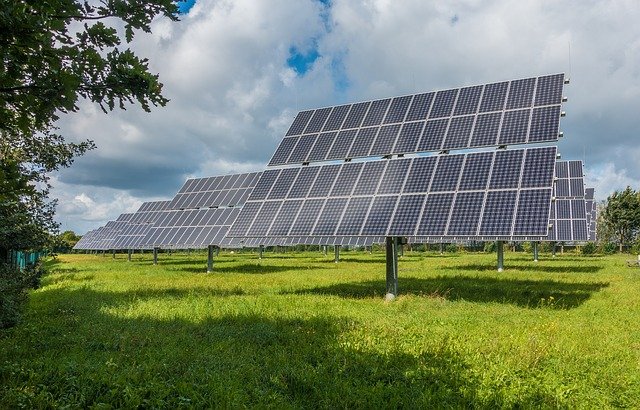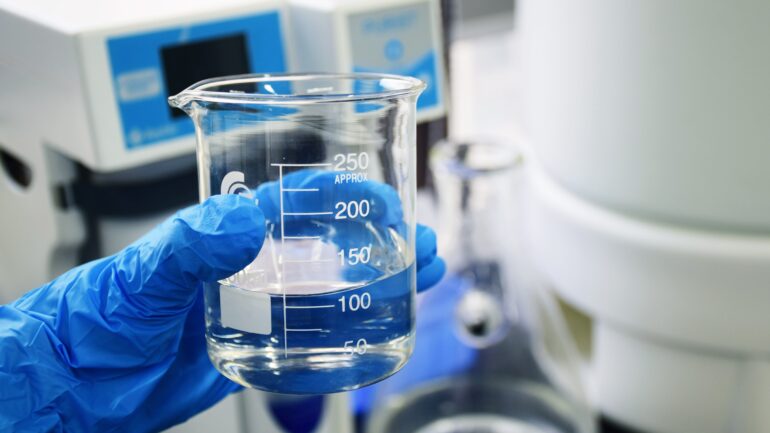By Hoang-Nam Vu, Publishing Staff Writer & Researcher for Save The Water™ | April 26, 2018
The Need for an Alternative
As the global population and demands on urban water systems increase, renewable, environmentally-conscious infrastructure in the agricultural sphere become more important. Urban water systems are often inefficient in terms of the environmental health of agricultural communities. This is especially true in highly-populated, primarily agricultural areas, such as parts of China, India, and Africa. In these communities, conventionally, groundwater is extracted through the use of electric water pumps, powered by diesel. However, these systems not only require costly, regular servicing and fuel, they emit large quantities carbon dioxide pollution into the atmosphere.1
Solar Photovoltaic Water Pumping Systems
An alternative to these diesel-powered water pumping systems, notably, is a solar-powered, photovoltaic water pumping system. Solar photovoltaic cells, commonly known as solar cells, power these systems. Rather than diesel, these solar cells are the backbone of standard solar panels. These cells directly convert solar radiation into electric current through a process known as the photovoltaic effect, closely related to the photoelectric effect. The cells vary in their size and specifications but are commonly composed of crystalline silicon semiconductor materials.2 A primary draw to solar photovoltaic water pumping systems is that they can be adapted to individual locations and needs. However, the initial price of implementing the solar cell limits their use.
How do they Work?
Through the photovoltaic effect, photons of light absorbed by a semiconductor can transfer their energy to electrons, allowing the electrons to flow through the material as electrical current.3 From this point, a solar-powered water pumping system functions very similarly to a standard diesel-powered system. Electrical motors drive water pumps. These motors convert electrical energy into mechanical energy. In the case of solar pumping, photovoltaic cells produce the electrical energy. Most motors typically run on either direct current or alternating current. For direct current, the electrical flow does not switch direction periodically in the wires. By contrast, for alternating current, the electrical flow switches direction periodically. Direct current is the more common and efficient option in systems with low water demand.2
Notable Benefits
Photovoltaic water pumping systems hold various benefits over standard diesel-powered systems. Primarily, the renewable nature of solar energy as a power source would largely trump the nonrenewable nature of diesel. The renewable power source would also assuage the environmental detriments that may come with using diesel as a power source. Communities that must make environmentally conscious decisions would value the renewable power source. These communities are often those in which solar photovoltaic water pumping systems would be implemented.
Furthermore, using solar panels as a source of energy, after the initially higher cost, may prove cheaper than constantly requiring diesel as a power source. This cost may also depend on the solar panels’ access to sunlight, including geographic location, and the economic foundation of the surrounding society. Also, the cost of solar technology has dropped a lot in recent years. Prices for the solar panels used in these systems have dropped up to 80 percent. These panels last around 25 years, requiring little maintenance throughout this time.5
Possible Limitations
However, a variety of factors may limit solar photovoltaic water pumping systems. For one, solar power naturally fluctuates more intensely and more often than diesel or other common nonrenewable energy sources. While many solar cells include mechanisms to store excess solar energy received as daylight for darker periods of time, this may make solar-powered water pumping systems more unreliable. Furthermore, this reliance on a relatively-constant source of solar energy may limit the implementation of solar-powered systems to geographically applicable locations. Additionally, if the public power grid is reliable and in proximity to the site (generally less than a quarter mile), then solar power may be a suboptimal choice.
Additionally, the initial cost of implementing a solar-powered water pumping system can be significantly more than the expense of connecting to the local power grid.4 However, the economic benefits of solar power as an energy source will likely overcome that deficit in later periods. Furthermore, security is an important aspect of a solar-powered system, as the accompanying technology may be at risk of theft. Protective provisions are often suggested, for this reason, such as the placement of a small fence around the array with enough set-back that it does not cast a shadow on said array.4
References
- World Bank. May 30, 2017. “Solar Water Pumping for Sustainable Water Supply.” http://www.worldbank.org/en/topic/water/brief/solar-pumping
- Kristoffer Welsien. 2018. Solar pumping : the basics (English). The World Bank Group. http://documents.worldbank.org/curated/en/880931517231654485/Solar-pumping-the-basics
- Solar Energy Technologies Office. August 16, 2013. “Solar Photovoltaic Cell Basics.” Office of Energy Efficiency & Renewable Energy. https://www.energy.gov/eere/solar/articles/solar-photovoltaic-cell-basics
- R. Van Peltm, et al. August 2012. “Solar-powered Groundwater Pumping Systems – 6.705.” Colorado State University. http://extension.colostate.edu/topic-areas/natural-resources/solar-powered-groundwater-pumping-systems-6-705/
- Solar Energy Industries Association. “Photovoltaic (Solar Electrict).” https://www.seia.org/initiatives/photovoltaic-solar-electric




